Looking for a new mortgage? Start here.
It’s safe to say that things have (mostly) calmed down in the mortgage world since the beginning of COVID-19. The rush of mortgage deferral applications appears to be behind us. So if you’re looking for a new mortgage, right now is an excellent time to get things going!
Even before we’ve discussed your financial situation, and you’ve completed an online mortgage application, the best place to start is to collect all your supporting documents and have them accessible ahead of time. This is the absolute best way to ensure there won’t be any surprises down the line and that we’re dealing with concrete numbers, and not estimates.
Most lenders won’t entertain any type of mortgage approval without providing supporting documents along with the application. Here are some of the documents you will be required to provide.
Income documents if you are employed:
Letter of employment
Two recent paystubs
Notice of Assessments (NOA) for the past two years
T4 or T4A’s’s for the past two years
Income documents if you are self-employed:
Company Financial Statements for the past two years
T1 Generals with your statement of business activity
Notice of Assessments (NOA) for the past two years
Confirmation of being self-employed for more than three years
Confirmation of company ownership
Down payment confirmation:
90-day bank statements for your downpayment (in your account)
Confirmation of 1.5% for closing costs
Gift letter if any of the funds are going to be gifted
Current mortgage statement and unconditional offer to purchase for your current property (once available) if your downpayment is coming from the sale of a property
For any existing properties:
Your current mortgage statement
Your current property tax statement
Your current lease agreement (if applicable)
Other documents:
Void Cheque for the account you would like your payments to come from
2 Pieces of Identification
A separation agreement (if applicable)
Making sure you have all your documents together ahead of time will give you the best chance at a smooth mortgage transaction. If you have any questions, please don’t hesitate to contact us anytime!
Share
Sign up to to our newsletter to hear weekly updates on market news, timely buyer/seller tips, and up to date rates





